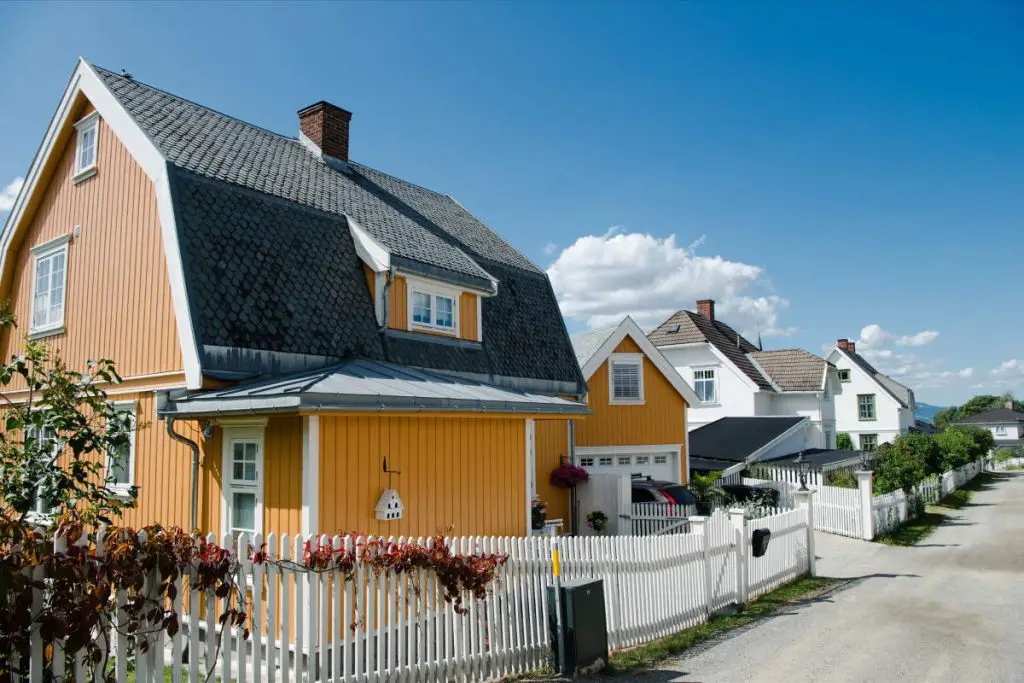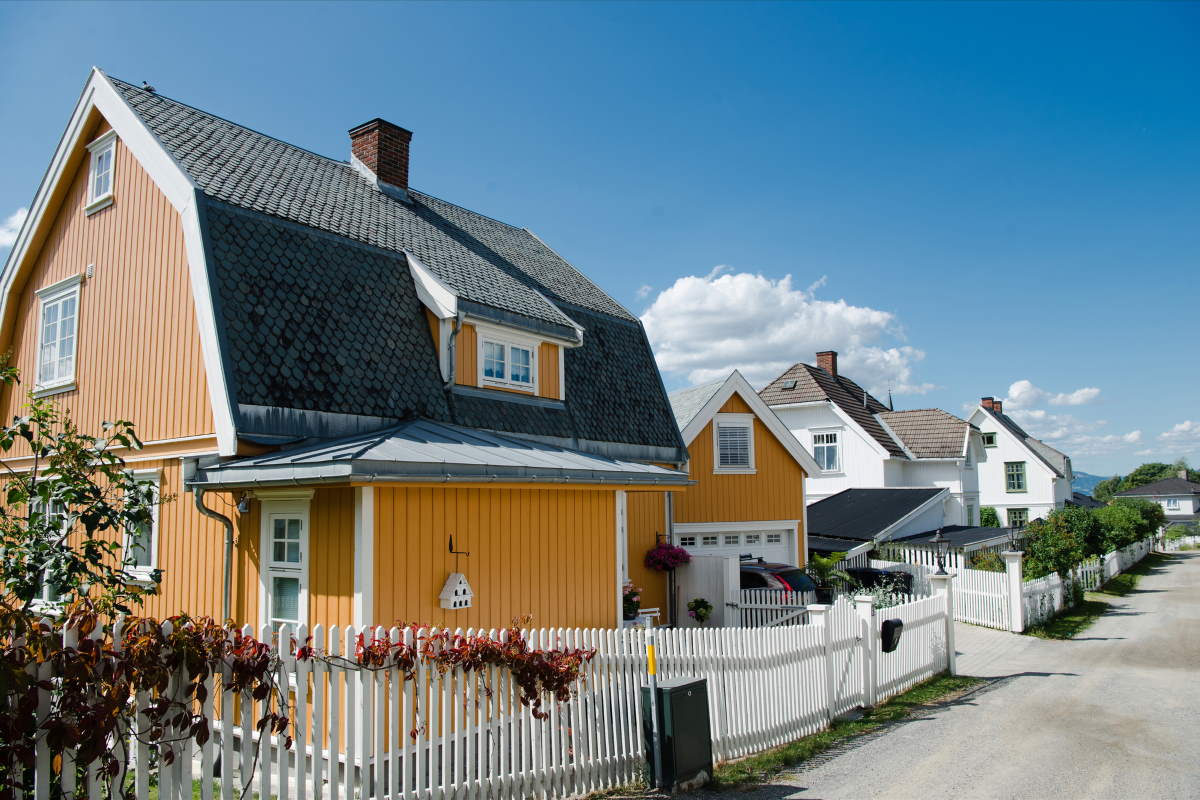Fluctuating temperatures are causing severe weather events. Greenhouse gases are the culprit, insulating the Earth and trapping heat in the atmosphere. What we do now to protect the planet is crucial, as many houses need updates to fight climate change.
How your home is structured can help reduce carbon emissions and improve the environment. Here are some ways to live greener – starting with where you live.
How Is Climate Change Affecting Houses?
Climate change is leading to hotter weather everywhere. Temperatures have been on the rise since the 1880s, but the rate at which it increases doubled starting in the 1980s.
The top 10 hottest years on record have all occurred since 2005, and seven of these have happened since 2014. Buildings constructed in zones with cooler temperatures are encountering problems as they experience temperatures they never have before.
Residents in Alaska are facing an unforeseen housing crisis. Their homes were built on ground that was supposed to remain frozen. However, they are being destroyed as this layer of permafrost melts. Builders never imagined the land would thaw, so they thought these houses were safe.
However, as climate change turns up the heat, floors are splitting, windows are cracking and walls are breaking apart as the ground shifts beneath them.
Insulation is destroyed as the ground damages houses, making them unlivable once the weather becomes cold again. People everywhere need to reduce their carbon emissions to prevent this from happening. Lower greenhouse gas production will help the Earth stabilize and reduce the average temperature rise.
Ways to Adapt Your Home
Homeowners in colder climates can prepare for and prevent climate change by adjusting their houses to produce fewer emissions. Here are a few precautionary and sustainable ideas for your home.

1. Systems Approach
The University of Minnesota’s Cold Climate Housing Program has outlined a systems approach to maintaining a cold-weather home. Some of these factors include:
- Thermal insulation over an entire structure
- An exterior weather barrier to prevent moisture
- Carefully planned ventilation systems
- Low-toxicity finishes and furnishings
These homes need to be adapted to keep out severe temperatures, so it’s also vital that they’re not keeping any extra moisture in. This can cause mildew and mold, and if this is allowed to thrive in the home, it can reduce the insulation’s effectiveness and be harmful to those living there. Think of your home as a system and follow these steps to prepare for climate change.
2. Better Insulation
Improving insulation can help you reliably use less energy. In turn, this reduction in electricity usage helps homeowners cut utility costs. Look for the home construction or insulation materials with energy Star certification which will help you cut down your carbon emissions for a more efficient home.
Better-insulated walls also mean a lower risk of health emergencies. Many residents in colder zones aren’t prepared for what these high temperatures will feel like. About 37% of heat-related deaths have been linked to climate change. Insulated walls and exterior spaces can decrease your risk of heatstroke and help you contribute to a better environment.
3. Better Windows
Investing in improved windows can also help lessen how much energy you use. Windows are one of the biggest sources of heat loss in homes in colder zones because they frequently are poor insulators. Installing windows with better insulation will help you reduce how much heat escapes from your home.
The Cold Climate Housing Researching Center recommends paying attention to how many panes a window has. It also says to look for windows that have low-emissivity coatings. These allow heat from the sun to enter your home but stop it from escaping. Additionally, try to find windows with a low U-Factor. This indicates how sufficiently a window insulates your house, and lower numbers are the most effective.
4. Green and Cool Roofs
Green roofs can drop the temperature of your roof by 30-40 ℉ and reduce your energy use by over 0.5%. You can make them with hardy plants requiring little maintenance or an entire garden’s worth of foliage. Beyond their aesthetic value, green roofs also act as insulators, so you’ll be able to use less air conditioning. They’ll also use heat from the air to evaporate water on hot days, which cools down your home.
Cool roofs are another option to save your home from the sun’s rays. They use reflection to bounce sunlight away from your house, reducing the amount of heat that can enter. It will also help you use less electricity for air conditioning. Both these options also reduce carbon emissions through reduced energy use.
Prepare Your Home for Climate Change
The world is working to scale down its production of greenhouse gases, and you should take the time to ready your home for weather changes. The Earth’s temperature is increasing, and you need to be sure you’ve planned for it in colder climates. Protect yourself from the heat waves and live greener with these tips.
- 9 Myths and Facts About Environmental Toxins - January 4, 2023
- Top 6 Deadliest Hurricanes ever recorded - November 7, 2022
- Are All-Electric Homes Feasible in the Near Future? - September 25, 2022
